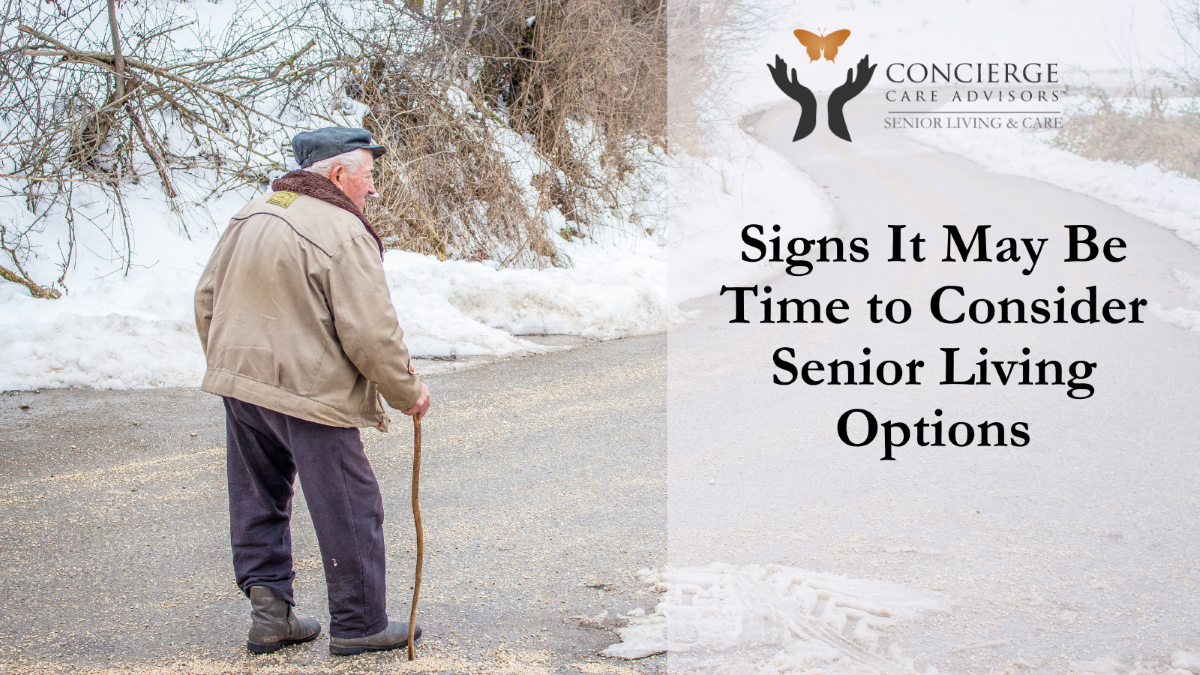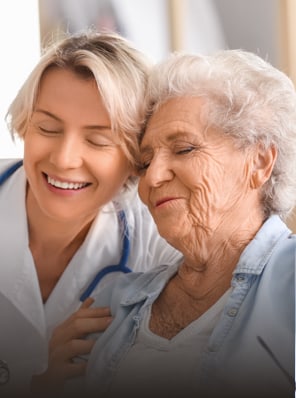By: Robyn Weiss, PT, CSA
Everyone knows to give themselves plenty of extra time when traveling during bad weather months. I have just a few safety reminders that often get missed. I hope they help keep you active and alert and on your feet! Happy Holidays.
Hazards
One of the biggest slip hazards during these months is wet leaves. Though not as bad as ice and snow, the wet leaf will cause your shoe to loose traction on the street surface. Also at risk is when the leaves cover and insulate a patch of ice. The ice may look melted in most parts of the walk-way but could still be present underneath that group of leaves. Something to avoid.
Light
Our natural light is reduced in the winter months and often times we are caught off guard by the lighting in our house being insufficient in the early evening. All of the sudden, it seems, the sun has gone down and shadows form which can prevent safely walking around your surroundings. My best advice is to make a habit of turning on lighting around 2:30 PM to ensure good lighting is available. Some days are darker than others and are cause for leaving the lights on all day.
Cold
There are two foot conditions that can be common in the winter months particularly with people that already have swelling in their feet or numbness in their lower leg. One is Chilblains and the other is called Raynaud’s Phenomenon. Despite their strange names, they present themselves in a very similar manor. Both are due to the foot getting too cold and then rapid warming. The cold air first constricts the small blood vessels in the skin; if the skin gets hot too quickly, the blood vessels cannot react properly in time. Blood then leaks into the tissue, resulting in itchy, red and, at times swollen, spots on the skin. If aggravated, they can become ulcers or cause infections, as the skin dries out and cracks.
If you see symptoms, you can use an anti-itch lotion but, like doctors always say, don’t give in to the itch. Scratching will irritate the skin even more. If you suffer from diabetes or have circulatory issues, see your podiatrist to minimize risks. The condition is aggravated by cold and sudden changes in temperature such as putting your feet into very warm water. If you will be spending an extended period of time outdoors keep extremities covered and be aware of the look and feel of your skin. If your skin is turning white, get indoors and warm the area slowly until it returns to normal color. Avoid smoking and caffeine, which both of which have a negative affect on blood vessels.
*Image courtesy of dan at FreeDigitalPhotos.net
























